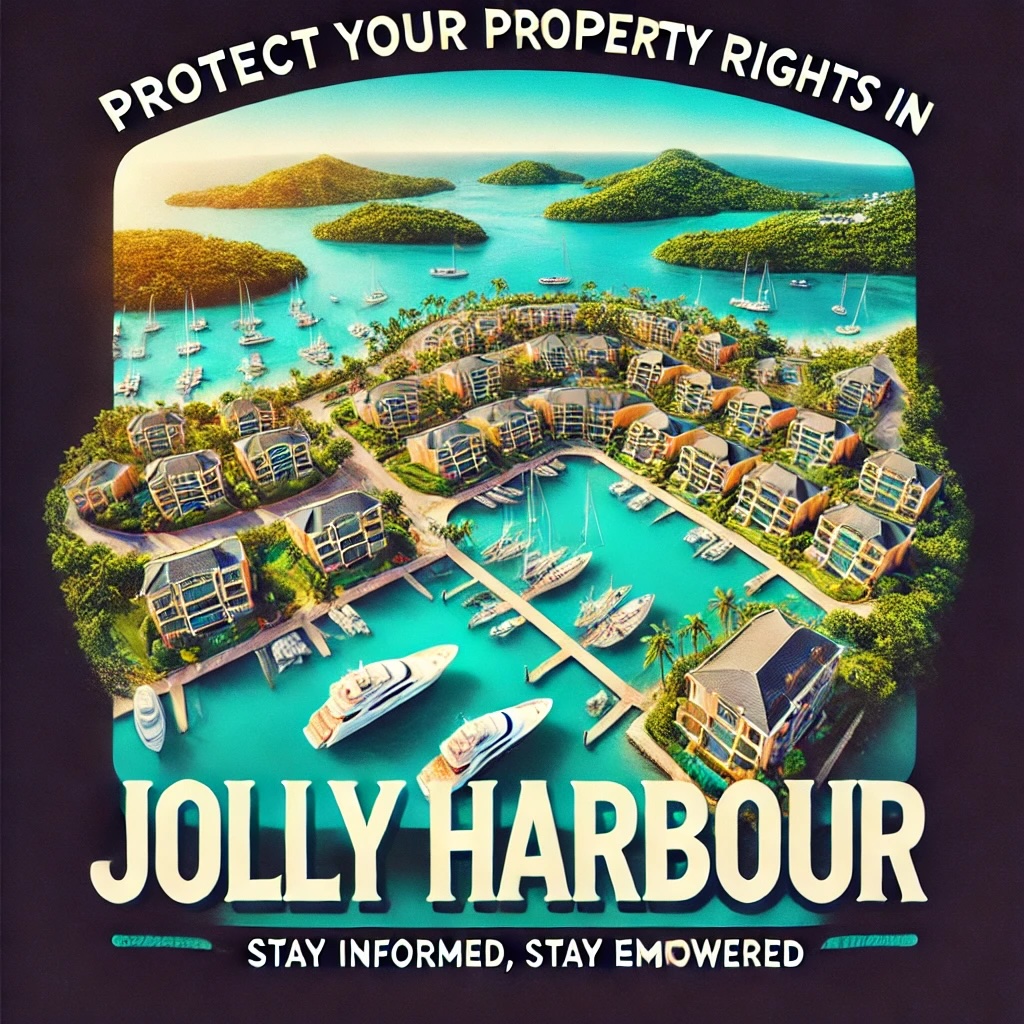1. Introduction
In Jolly Harbour, a pervasive misconception is that there exist "community assets" collectively owned by all homeowners. Caribbean Developments (Antigua) Limited ("CDAL") often refers to roads, pipelines, sewers, and other infrastructure as "community property," implying that homeowners share in their ownership. However, no such definition exists in Jolly Harbour Land Transfer agreements. Instead, these documents typically stipulate that each freeholder owns their own parcel—nothing more, nothing less—and that CDAL separately owns and controls common infrastructure.
This misconception can create confusion over who should fund repairs, replacements, or insurance of roads, utilities, and other installations. Below, we explore key legal points from Antiguan and British common law, clarifying why "community assets" are actually CDAL-owned, and how owners can assert their rights and challenge unjustified charges.
2. Land Transfer Covenants: "Community" Is Not Defined
"The Transferee shall pay the monthly maintenance charge … expended upon services provided to and for the benefit of the above-mentioned parcel, which services are not limited to security, grounds maintenance, infrastructural maintenance, sewage, lighting, and liability and risk insurance for common areas…"
Crucially, these covenants refer to "common areas" or services, but they do not define a "community" or suggest that homeowners are co-owners of roads, water lines, or open spaces. Instead, each freeholder has title solely to their parcel. The surrounding infrastructure (roads, drainage, etc.) belongs to CDAL—a private, for-profit entity.
📄 Full Article Access
To access the complete article: Contact legal -at- jollyharbour -dot- org with your property details to receive the full content.
